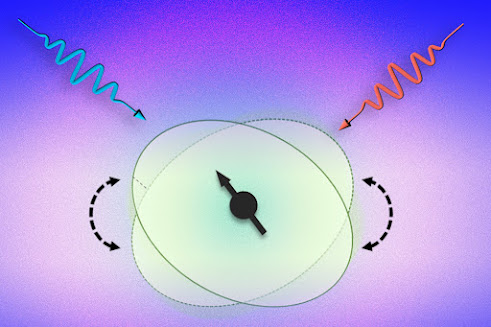Simulations suggest this mechanism could provide a tenfold increase in frequency—likely hitting a peak power of 100 trillion watts in XUV
A laser pulse surfing in the wake of an electron beam pulse could get upshifted from visible to extreme ultraviolet light, simulations done at the University of Michigan have shown.
The approach could enable more efficient generation of high-energy laser light, perhaps even to X-rays. The 3D simulation showed up to a tenfold increase in the frequency of the light, while the 1D simulation went up to a 50-fold increase. In principle, the researchers say it is possible to continue amping up the energy of the laser pulse by extending the period of time that it can ride in the wake of the electron beam.
“Future lasers, potentially including those used to pattern semiconductor chips for computers, could take advantage of this effect to produce higher energy pulses more efficiently,” said Alec Thomas, U-M professor of nuclear engineering and radiological sciences and corresponding author of the study in Physical Review Letters.













.jpg)

.jpg)
.jpg)
.jpg)





.jpg)

